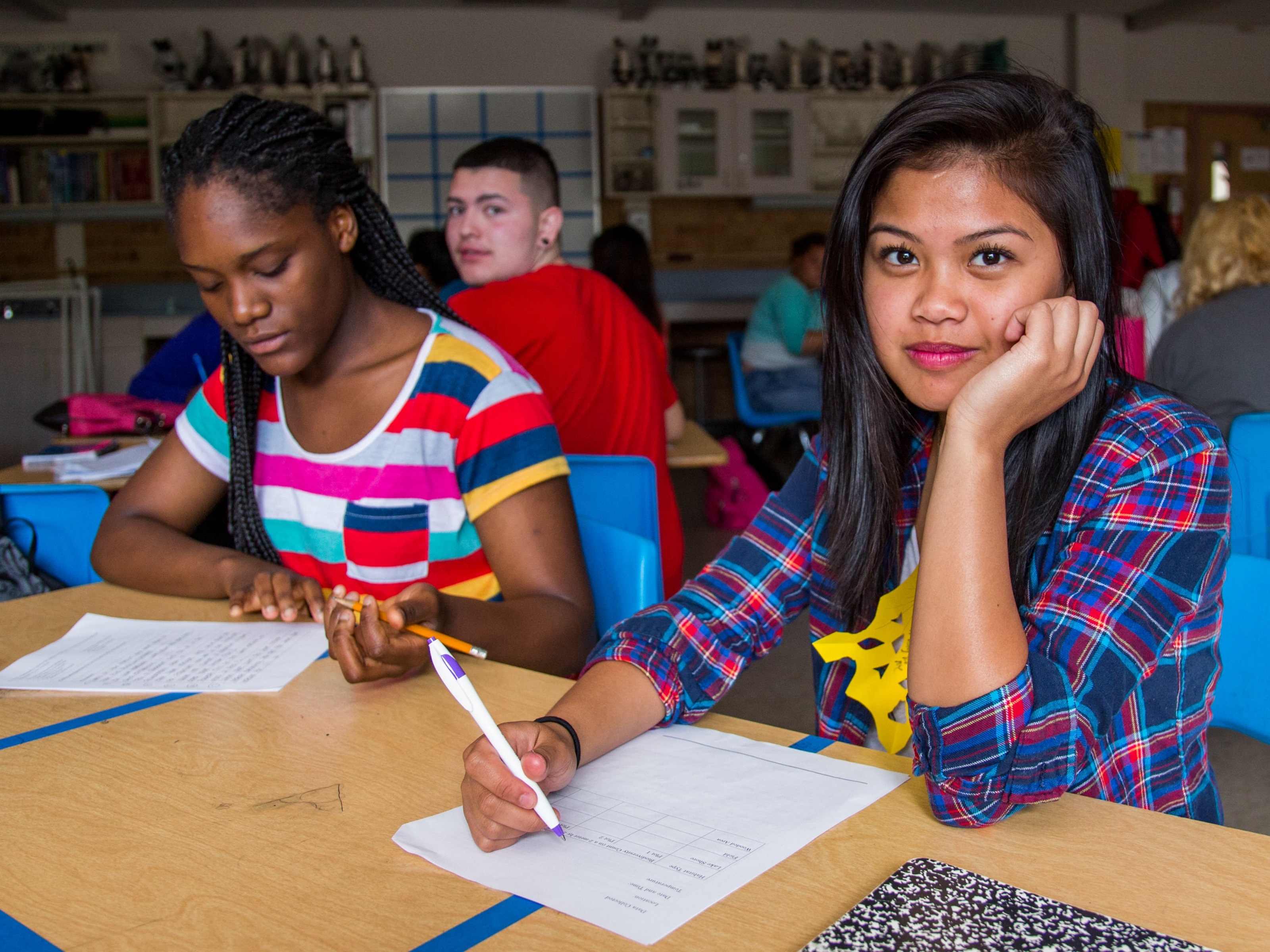People don’t usually look to places like Lindsay, California to find examples of extraordinary education. But extraordinary things are happening in this small town in the Central Valley. The students, almost all from low-income families and more than half English language learners, are engaged in their learning and taking ownership of their futures.
Attendance and graduation rates in Lindsay are on the rise. The district largely credits these encouraging developments to personalized learning. Along with districts across the country, Lindsay Unified School District is mixing the promise of today’s technology with strong teaching to engage students across the spectrum. As the Bill & Melinda Gates Foundation looks to invest in this promising approach, we’re exploring several questions. For example:
- How do we make sure that personalized learning not only engages students but also prepares them for college and career?
- What constitutes quality personalized learning? It is more than technology that allows students to move through content in an interesting way. The guidance of an effective teacher is critical.
- How can we embrace the promise of technology but remain realistic about its limitations? Advancements in technology hold the potential to bring personalized learning to more students in more places than ever before, but we can’t lose sight of quality amidst the rapid pace of these developments.
- What will it take to scale the best of personalized learning? Strategies that work in a small, rural district like Lindsay Unified may not easily translate into other educational environments.
- We know that personalized learning strategies are most successful when they are aligned to consistent, rigorous standards. All students should be held to high standards, but personalized learning approaches provide multiple pathways for students to master the skills and concepts they need to be successful.
We know that digital tools can allow teachers to determine what a student doesn’t understand—down to the particular component that is getting them stuck. As a result, teachers can better target interventions to help students get back on track.
Teachers can also simultaneously help multiple students who may be at different levels of mastery. This allows students to progress through content at their own pace without worrying about being too far behind (or ahead) of their classmates.
When students take ownership of their learning —and understand how they learn—they are better equipped to take action, set goals and determine what support they need. We believe that education is the bridge to opportunity in America but, unfortunately, not every student is lucky enough to be in a learning environment like the one at Lindsay Unified. The needs of too many learners are still being neglected or overlooked.
There is no longer a question of whether or not personalized learning approaches can work. We know that they can. But we need to better understand which specific tools and strategies most closely correlate with improved outcomes for students. And we need to know how to replicate promising personalized learning approaches—like those found in Lindsay—in a manner that can support educators in myriad educational environments throughout the country.
That is why the Bill & Melinda Gates Foundation is making investments to bring personalized learning approaches to scale—so they can reach the students who need them most.



